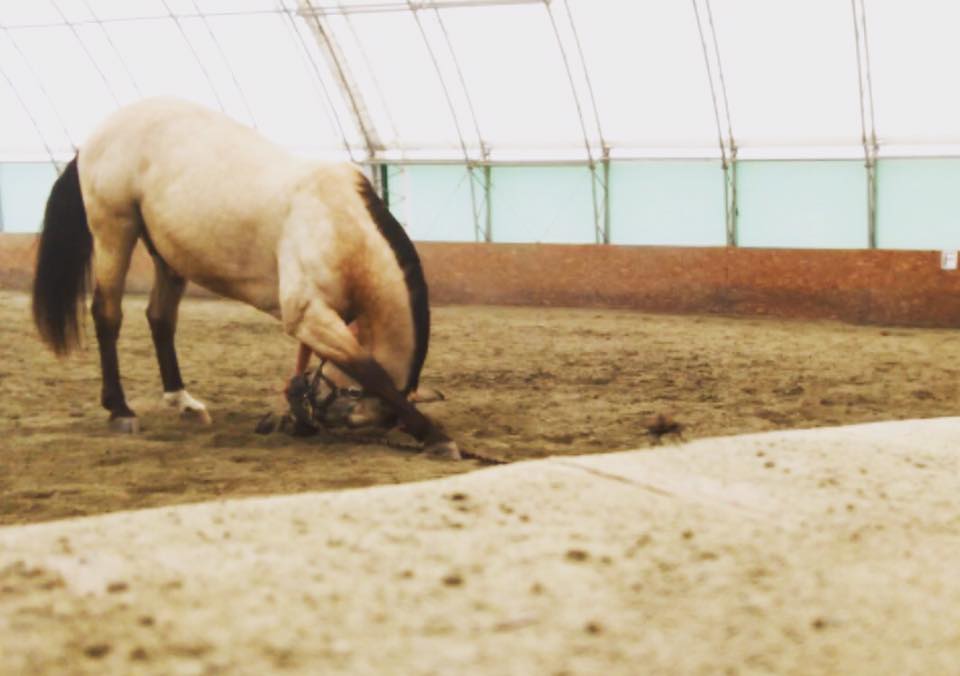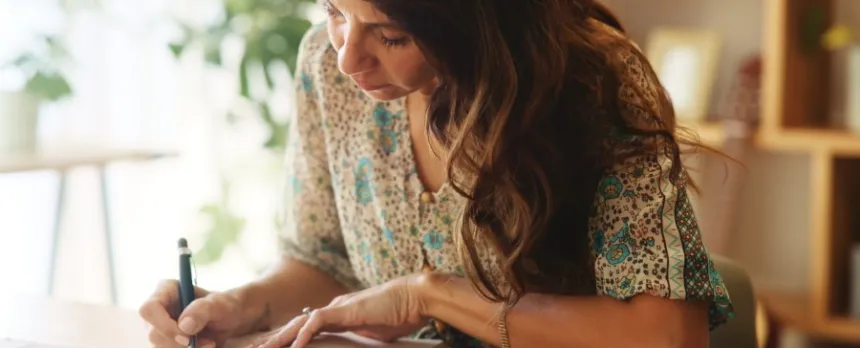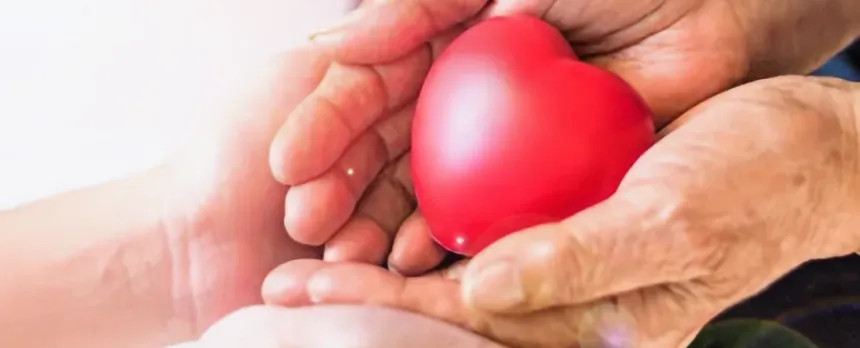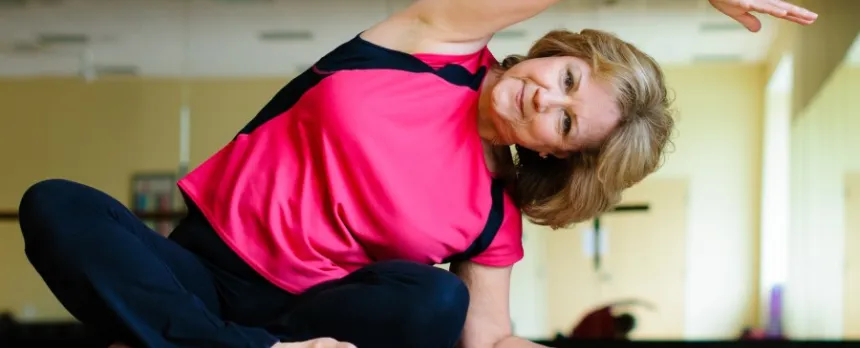Give Your Charley Horse the Boot

Most of us have experienced the pain of a muscle cramp or "charley horse." Muscle cramps - involuntary muscle contractions - are common. But even though they can be quite painful, they don't usually cause damage. Learn ways to help give those charley horses the boot.
Any muscle can cramp, but the muscles of the calf, back of the thigh and front of the thigh are most commonly affected. Cramps are also common in the feet, hands, arms, abdomen and along the rib cage.
A muscle cramp can last from a few seconds to 15 minutes or even longer. In other cases, the cramp may recur several times before it goes away. Cramps affect almost everyone at some time in life.
Cramp Causes
Muscle cramps usually occur after muscle fatigue, dehydration or heavy exercise. Simply remaining in the same position for a prolonged time may contribute to a cramp. Other common causes include:
- Pregnancy
- Hypothyroidism
- Abnormalities of the metabolism
- Alcoholism
- Kidney failure
- Certain medicines
Give Cramps the Boot
Warming up and stretching before a workout may help avoid cramping. Make gradual changes in the type and intensity of exercise to minimize muscle fatigue and potential cramps. Being in good physical condition also helps keep the cramps away.
Older adults are more likely to get muscle cramps because of normal muscle loss that comes with aging. Ensure you keep strength training to maintain as much muscle as you can.
You may be able to prevent some cramps by drinking plenty of fluids and getting enough food and beverages that contain electrolytes. Electrolytes — such as potassium, sodium, and chloride — are minerals that help the body's cells exchange fluids and support many vital functions. A normal, balanced diet should provide plenty of electrolytes, so most people don’t need to add supplements. See your health care provider if your cramps are severe, persistent, frequent or unresponsive to simple treatments, as it may mean a more serious problem.
When Cramps Strike
Try gently stretching the muscle and hold the stretch. Sometimes, massaging the area may help, but apply pressure only as tolerated, and gently stretch the muscle. If the cramp strikes at night, run a hand towel under hot water and wrap it tightly around the cramped muscle. Within about a minute the muscle will relax, and the knot will disappear.
Note: The content of this blog is for informational purposes only. It is not intended for use as diagnosis or treatment of a health problem or as a substitute for the professional consultation of a physician or qualified health care provider. If you have specific questions or concerns regarding a health or medical condition, contact your physician or a licensed health care professional.




